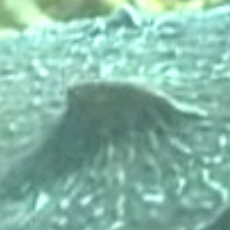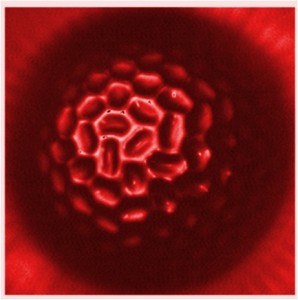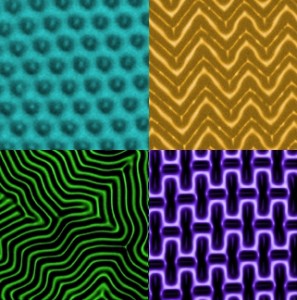This i s the personal page of Derek Breid, Ph. D. I am currently working as a postdoctoral associate in the lab of Dr. Sachin Velankar in the Chemical and Petroleum Engineering department at the University of Pittsburgh. Prior to this position, I earned my Ph. D. in Polymer Science and Engineering under the supervision of Dr. Al Crosby at the University of Massachusetts-Amherst.
s the personal page of Derek Breid, Ph. D. I am currently working as a postdoctoral associate in the lab of Dr. Sachin Velankar in the Chemical and Petroleum Engineering department at the University of Pittsburgh. Prior to this position, I earned my Ph. D. in Polymer Science and Engineering under the supervision of Dr. Al Crosby at the University of Massachusetts-Amherst.
My research focuses on harnessing the mechanical behavior of soft materials in the design of responsive surfaces with novel properties. Below you will find summaries of past and ongoing research projects, and my CV may be accessed using the menu above.
Research Interests
 Reversible texturing in cephalopod skin
Reversible texturing in cephalopod skin
Cephalopods (which include squid, octopus, and cuttlefish) are renowned in the natural world for their unparalleled adaptive camouflage. In addition to color and patterning, many species possess the ability to reversibly texture their skin using protrusions called papillae which can be expressed at will. These structures allow them to blend into diverse surroundings — smooth, bumpy, or even leafy environments. We seek to better understand the biomechanical structure which enables such behavior, and to adapt the strategies we observe in Nature towards the development of novel stimuli-responsive synthetic materials. (Image credit: Roger Hanlon)
 Swelling-driven folding of polymer films
Swelling-driven folding of polymer films
The swelling of a thin film on a non-swelling substrate can lead to complex folded structures with high aspect ratios. Unlike structures formed through other thin-film buckling phenomena, these folds remain when the film is deswollen. The final fold structure is dependent upon both the swelling properties of the film and its bending modulus, as well as the adhesion between the swollen film and the substrate. We are currently investigating the impact of these factors in an effort to develop a model of fold formation and to identify strategies for control of fold geometry.
 Wrinkling of spherical surfaces
Wrinkling of spherical surfaces
Nature is resplendent with complex shapes. Many of these objects (fruits, seed clusters, brains, fingerprints, etc.) exhibit hierarchical structuring in which a convex surface is decorated with lobes, ridges, or folds. It is thought that these hierarchical shapes develop through a surface buckling process. We investigated the effects of geometry and stress magnitude on wrinkle formation on convex spherical surfaces, demonstrating that wrinkle pattern can be selected simply by changing the radius of curvature of the surface, or equivalently by altering the thickness of the wrinkling outer skin. (Manuscript in preparation)
 Stress state and wrinkle morphology
Stress state and wrinkle morphology
Wrinkling processes have garnered much interest as methods for spontaneous generation of microscale topography for a variety of material applications. These methods yield a rich spectrum of periodic morphologies, but the complex interplay between kinetic and dynamic processes which bring these patterns about is not well-understood. We have quantitatively studied the effects of stress magnitude and directionality on the formation of wrinkle patterns at long timescales using swelling of a surface-oxidized elastomer via solvent vapor.
(Publications: Breid & Crosby 2009, Breid & Crosby 2011, Cai, et al. 2011)